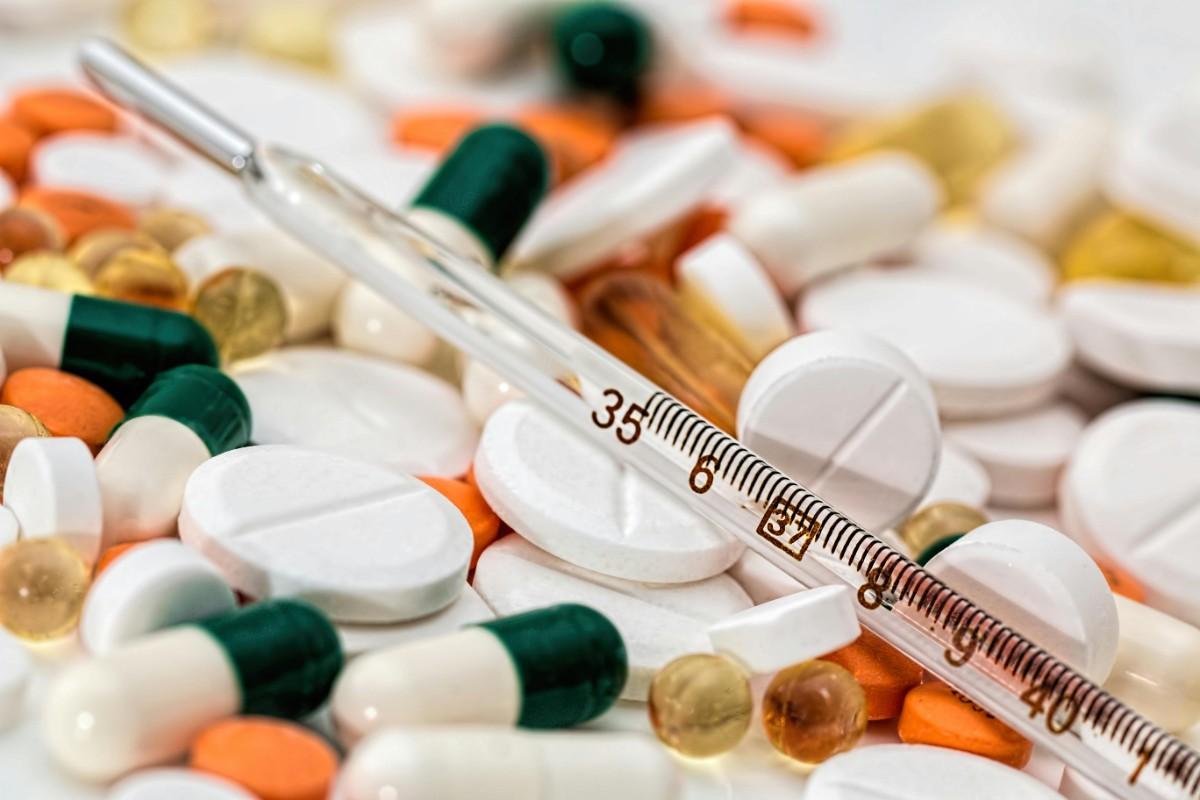The concept of “lost THC” contains various cases where THC (tetrahydrocannabinol) decreases in power or usefulness. For both recreational and medical cannabis users, keeping THC levels is important for sharing the full advantages of cannabis derivatives. However, THC potency can diminish for many reasons, from improper storage to natural breakdown during extraction or consumption. This article explores the primary causes of THC loss, tips for preserving potency, and answers common questions about managing THC levels.

1. What is THC, and Why is Power Important?
Tetrahydrocannabinol, normally known as THC, is the active mixture in cannabis accountable for its psychoactive results. THC’s potency directly affects the background, including its healing and medicinal benefits. Over time, however, THC can stain, driving a decline in its effects. Whether it’s for medical replacement or recreational fun, understanding the elements that affect THC strength helps clients maintain the goodness of their cannabis creations.
2. Reasons for Lost THC: Why Potency Disappears
The term “lost THC” typically refers to the decrease in THC’s psychoactive potency due to exterior elements. These include environmental requirements, operating procedures, and even consumption methods. Here’s a more personal look at what can cause THC power to lace:
Light Direction: UV light is one of the most important elements, and it can lessen THC molecules. Disclosure to sunlight or even fake light causes THC to break down over time.
Temperature Changes: High temperatures can increase the speed at which THC stains, turning it into a less psychoactive mixture called CBN (cannabinol). Contrarily, freezing temperatures can also affect THC, particularly in scented products.
Oxygen Direction: Air direction guides the oxidation of THC, which reduces power and reduces its effects.
Wetness Levels: High humidity can cause decay growth, while too dry conditions can make cannabis flaky, forcing some of the cannabinoids to break down.
Poor Handling and Packaging: The absence of proper, airtight packaging can expose THC products to oxygen and humidity, revving potency loss.
3. How to Prevent Lost THC: Storage and Preservation Tips
To ensure THC products maintain their potency, it’s essential to store them under ideal conditions. Here are practical tips to help preserve THC in different forms, from dried flowers to oils and edibles:
Store in opaque, airtight containers: opaque containers limit light exposure, while airtight sealing prevents oxidation. Glass jars with seals work well, but specialty containers designed for cannabis storage offer additional benefits.
Maintain Cool Temperatures: Keep cannabis products in a cool place, ideally under 70°F, but not in extreme cold, which can cause certain infused products to lose consistency or break down.
Limit Handling: Avoid frequently opening containers, as this allows air and moisture to enter, impacting THC potency.
Use Desiccants Carefully: If you’re holding parched cannabis flowers, use desiccant packs to soak moisture without overdrying.
These conservation techniques help maximize the frame life and power of THC, which is extremely important for users desiring character in their effects, such as medicinal cannabis users.
4. Understanding THC Loss During Extraction
The extraction process is another point at which THC can be renounced. Extraction is the method used to separate cannabinoids like THC from cannabis plants, typically through solvents such as CO2, ethanol, or butane. While some methods have more THC, others can show a particular degree of power loss due to heat, chemical responses, or inefficiencies. Here’s a study of extraction methods and their effect on THC:
CO2 Extraction: Known for its safety and efficiency, CO2 extraction uses force and temperature to draw out THC. However, little heat openness can lead to the tiniest THC loss.
Ethanol Extraction: Ethanol-based extraction can produce high THC content, but wrong handling or bad quality control can result in some muscle loss.
Butane Extraction: Often used for high-potency products like shatter and wax, butane is highly efficient but can result in THC loss if done at high temperatures.

5. Tips for Underestimating THC Loss During Extraction
If you’re working in a location where THC extraction is part of the method, or even just interested, here’s how experts underestimate THC loss:
Use high-quality solvents: Poor-quality solvents can interact with THC, decreasing yield and strength.
Avoid Extreme Heat: Heat revs the breakdown of THC, so watching temperature during extraction is necessary.
Execute Multiple Runs: Repeating extraction steps can help extract more THC without counting extreme heat.
6. “Lost” THC in the Body: Where Does It Go?
When you consume THC, whether by inhalation or ingestion, it enters the bloodstream and triggers the endocannabinoid method by hooking to cannabinoid receptors in the brain and other parts of the body. Over time, THC knowledge metabolism breaks down into inert byproducts. Here’s a closer look at how the body processes THC:
Inhalation (smoking or vaping): When THC is inhaled, it’s drunk rapidly, providing instantaneous effects. Afterward, THC is metabolized in the liver, and metabolites are kept in fat cells, which explains why it can stay in the body.
Ingestion (Edibles or Oils): Ingested THC takes longer to process, as it must go through the digestive tract and liver. Metabolites can stay in the body for vast periods, donating to a more long release.
The primary byproduct of THC metabolism is THC-COOH, which doesn’t produce psychoactive effects but is commonly measured in drug tests.
7. Hands of Lost THC Potency
It’s not always easy to tell if THC has lost its power, but there are a few hands to watch for:
Faded Aroma and Taste: Terpenes (responsible for the scent and flavor) die down with THC over time, showing a less intense aroma.
Weaker Effects: Reduced effects, especially if using a previously effective dose, can indicate diminished THC.
Changes in texture or appearance: dry, brittle buds or discolored oils are signs of degradation, suggesting THC may have broken down.

8. How Different Cannabis Forms Handle THC Loss
THC degradation can affect various forms of cannabis differently, from dried buds to oils and edibles. Here’s how to preserve THC in each form:
Parched Flower: Store in a cool, dark place in an airtight receptacle with a desiccant packet.
Oils and Concentrates: Keep away from heat and light, and use small, dark bottles to underestimate oxygen orientation.
Edibles: Refrigerate or freeze to prevent breakdown, as ingredients like fats and sugars can react with THC.
| Aspect | Lost THC | Active THC |
|---|---|---|
| Definition | THC that degrades over time | Psychoactive compound in cannabis |
| Cause | Exposure to air, light, or heat | Naturally occurring in fresh cannabis |
| Effects | Reduced potency | Produces “high” when consumed |
| Usage | Stored cannabis products | Recreational or medicinal consumption |
9. Common Questions About Lost THC
Here are some frequently asked questions that many cannabis consumers have regarding THC potency and degradation:
- Can THC potency be restored once it’s lost?
Unfortunately, once THC breaks down, it can’t be fully restored. However, proper storage can help preserve what remains.
- How long can THC retain its potency under optimal storage?
Stored properly, dried cannabis can retain potency for 6–12 months. Oils and concentrates may last even longer if kept in ideal conditions.
- Do edibles lose THC faster than other products?
Yes, edibles can lose THC faster due to the interactions between THC and ingredients like oils and sugars. Refrigerating or freezing edibles can slow this process.

10. Top Tips to Maintain THC Potency in Edibles
Edibles are one of the more vulnerable forms of THC due to the ingredients involved. To help preserve THC in edibles, here are some quick tips:
Utilize refrigeration: Mark edibles in the fridge or freezer.
Spare Air Direction: Use airtight bags or receptacles to lock in freshness.
Avoid Excess Heat: Don’t store edibles in warm areas, as THC will break down faster.
11. Key Takeaways for Retaining THC Potency
Here are a few essential reminders when it comes to retaining THC potency:
Store Correctly: opaque, airtight containers and cool, dim areas are best.
Drive with Care: Limit disclosure to air and light by keeping receptacles closed tightly.
Know Your Consumption Method: Smoking, vaping, and eating THC affect how long it stays in the body and how fast it may stain.
Conclusion
The loss of THC strength is a common issue, but it can be controlled with the right practices and understanding. By understanding the factors that cause THC to degrade—such as light direction, temperature, and oxygen—customers can take bold steps to maintain potency and enjoy a constant experience. Mindful storage is key in preserving dried flowers, oils, or edibles. By implementing these simple tips and techniques, consumers can maximize the lifespan and usefulness of their THC products, leading to a better, more predictable background with each use.

